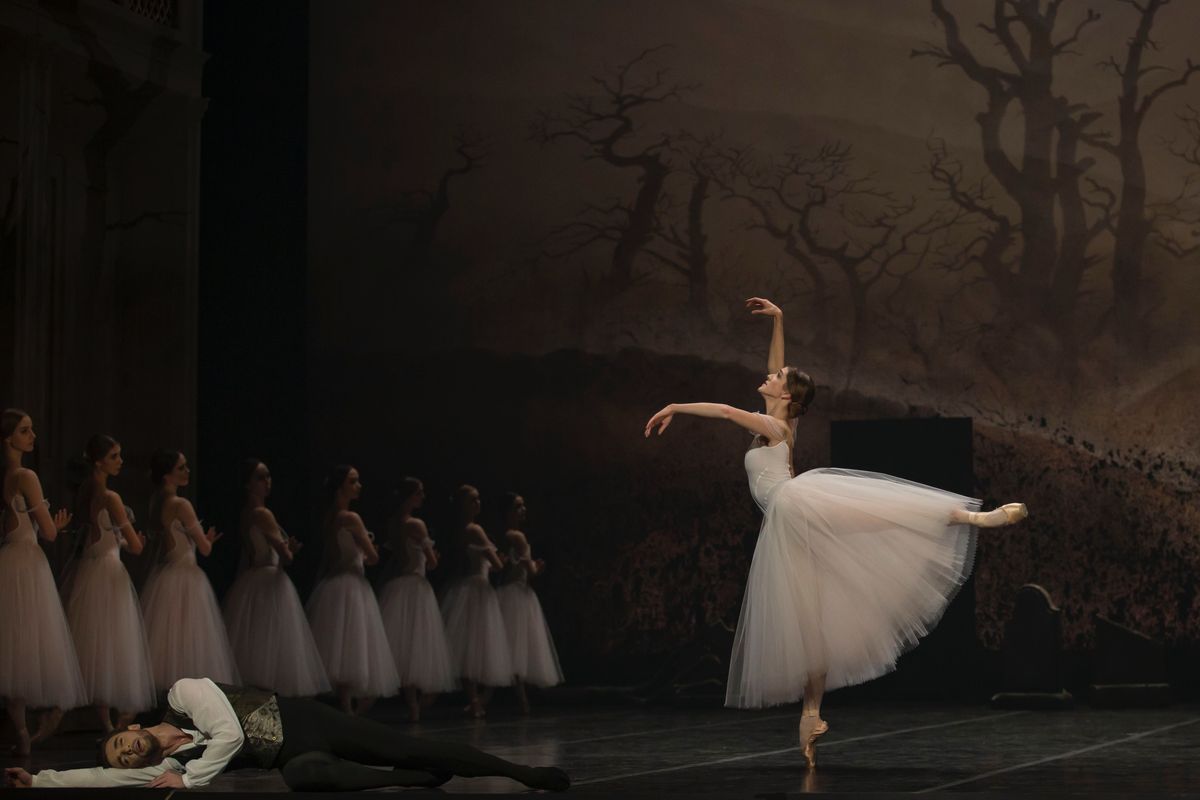The European Difference: 4 Dancers on the Pros and Cons of a Career Abroad
When Holly Dorger arrived in Copenhagen to join the Royal Danish Ballet after graduating from the School of American Ballet, she was shocked by the unfamiliar. “We brought home cat food thinking it was canned tuna,” she laughs, recollecting her first weeks among new surroundings. Nine years later, the principal dancer calls Copenhagen home, crediting Denmark and artistic director Nikolaj Hübbe for her success.
European dance companies typically offer secure contracts, better salaries and a varied repertoire. Yet for American dancers, understanding a new culture, adjusting to different company dynamics and getting used to European contemporary work can be challenging. Below, dancers from four European companies weigh in on what they’ve learned from moving abroad.
 Shelby Williams. Photo Courtesy Royal Ballet of Flanders.
Shelby Williams. Photo Courtesy Royal Ballet of Flanders.
Languages and Social Customs
Culture shock is common for Americans who have little experience speaking a language other than English. Shelby Williams, a dancer with Belgium’s Royal Ballet of Flanders, first went to Europe in 2009, taking an apprenticeship at Dresden Semperoper Ballett when jobs in the U.S. were scarce. Having danced in both Germany and Spain, she’s learned to expect a three-month adjustment period to grasp a new language, theater structure and visa process, and understand necessities like bank, phone and apartment contracts. Her advice: Make an effort to learn the local language. “It can be easy to neglect because most companies work in English, but it helps break down any cultural divides and will completely change how at home you feel,” she says.
The first few weeks abroad can be especially lonely, when everything from learning a new bus route to ordering a cup of coffee is a challenge. Social customs differ, too. Mark Wax, who joined Norwegian National Ballet after dancing with Alberta Ballet and Boston Ballet, says that immersing himself in the culture and becoming more social helped him make friends: “Norwegians are extremely respectful of personal space, and it takes some time to get to know them, but they can find the extroverted American style charming.”
Work Atmosphere
Since European companies are publicly funded, dancers can usually count on more job stability, often even receiving lifetime contracts—“something unheard of at home,” says Williams. “So, dancers work because they want to, not out of fear of losing their jobs if budget cuts hit.” The result is that the work environment in Europe tends to feel less competitive than in the U.S.
Dresden Semperoper Ballett coryphée Joseph Hernandez noticed a more open rehearsal atmosphere when he first moved to Europe to join Royal Ballet of Flanders. “Our director would ask about intention—what we were thinking about—when we executed a step,” he says. “It was something I’d never been asked to do in America. I’d always been taught to work hard, but had never been asked why.”
But, Hernandez continues, there can be a downside to European job security. While those in the U.S. can’t risk growing complacent, “a lot of dancers here become so comfortable in their situations that they don’t think about future plans. Some people might stay, even if they’re unhappy,” he says.
 Mark Wax in “Serenade.” Photo Courtesy Norwegian National Ballet.
Mark Wax in “Serenade.” Photo Courtesy Norwegian National Ballet.
Repertoire Tastes and History
Compared to the prominently neoclassical repertoire in America, dancers are generally pushed to further extremes in Europe, performing everything from purely classical to wildly experimental choreography. “At Royal Ballet of Flanders, we perform works ranging from William Forsythe to Pina Bausch, and from Ohad Naharin to the Bolshoi’s production of Spartacus,” says Williams.
Once during a rehearsal, Wax was surprised when choreographer Jo Strømgren asked him to improvise a freak-out: “I stomped to the center of the room while silently screaming, and proceeded to rip off my shirt,” he says.
Learning a new ballet style can be equally daunting. After years of Balanchine training, Dorger had to adjust to the Bournonville technique, a style deeply embedded in Danish history. Hübbe encouraged her by advising her to keep learning, and she’s come to love Bournonville ballets. “You feel a natural joy when you dance ballets like Napoli and Flower Festival in Genzano,” she says, describing the thrill of tackling fast footwork paired with airy port de bras.
Of course, dancers with American ballet training always look forward to dancing the familiar. As Dorger explains, “When a Balanchine ballet comes to us, it really does feel like home. I don’t have to think so much, I just get to dance—and that feels amazing.”
 Holly Dorger. Photo Courtesy Royal Danish Ballet.
Holly Dorger. Photo Courtesy Royal Danish Ballet.
Going the Distance
All four dancers agree that being far from friends and family is the hardest part about moving abroad. But, Wax explains, Europe’s higher salaries make visits home possible. “I have 10 weeks of paid vacation a year,” he says.
Williams continues to let work abroad propel her: “I know that no company in the U.S. could offer the type of work that I’m doing at the moment.” And, she says, “I adore the simplicity and romance of life in Europe, like riding a bike to work, or hopping to another country by train.”
As for Dorger, she’s now part of the Danish fabric—she was even knighted last fall by the queen of Denmark, one of the country’s highest honors. She is engaged to a Dane, and plans to stay—“as long as I continue to feel myself improve and develop as an artist.”





